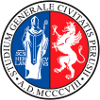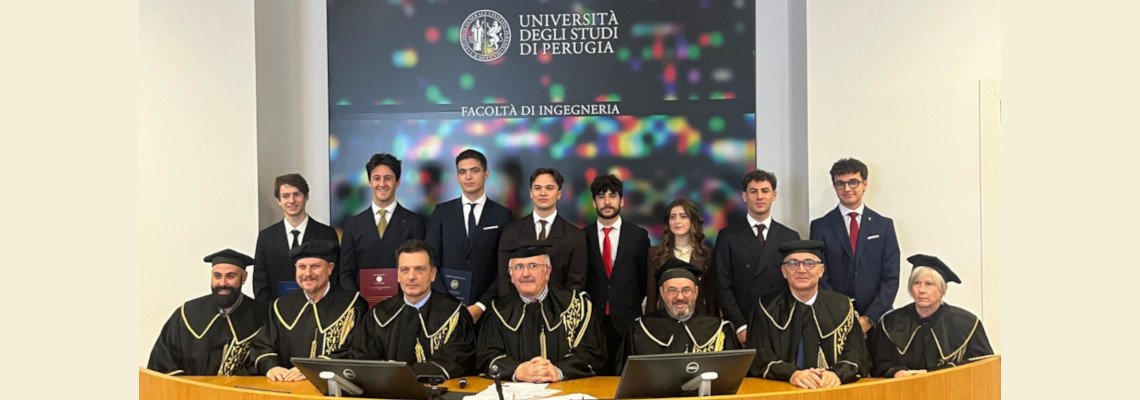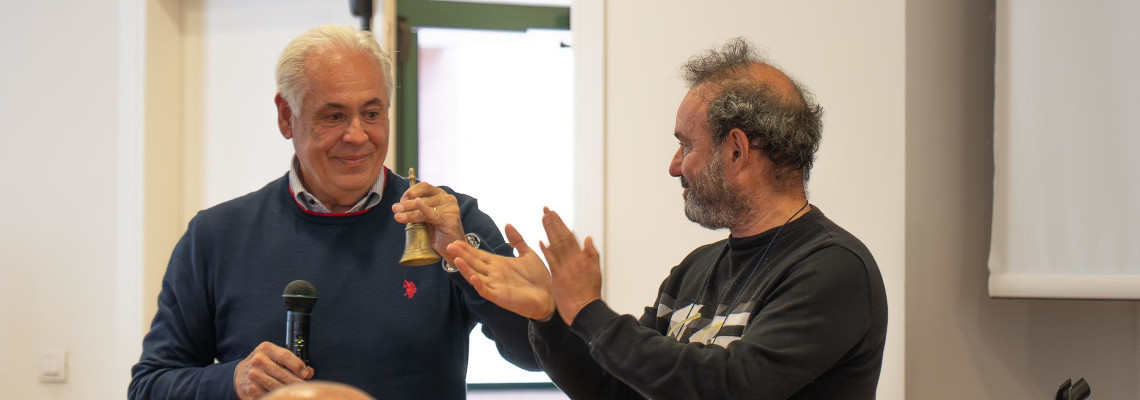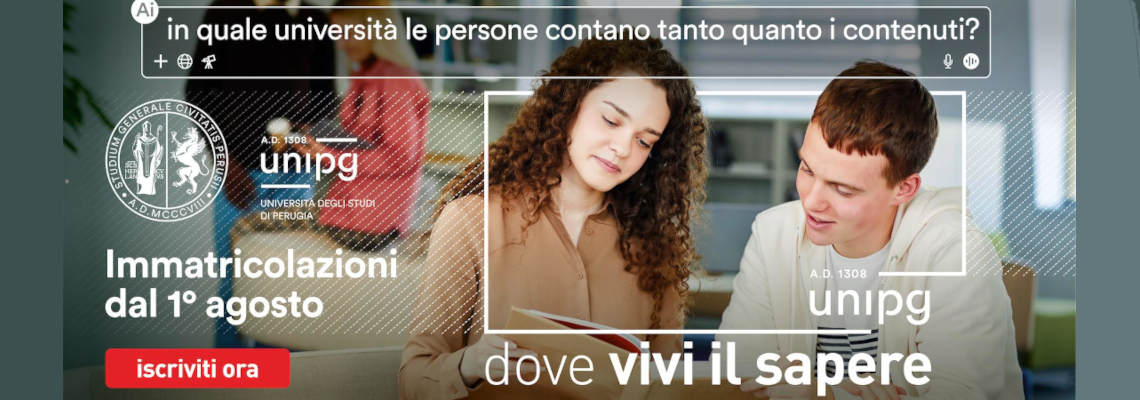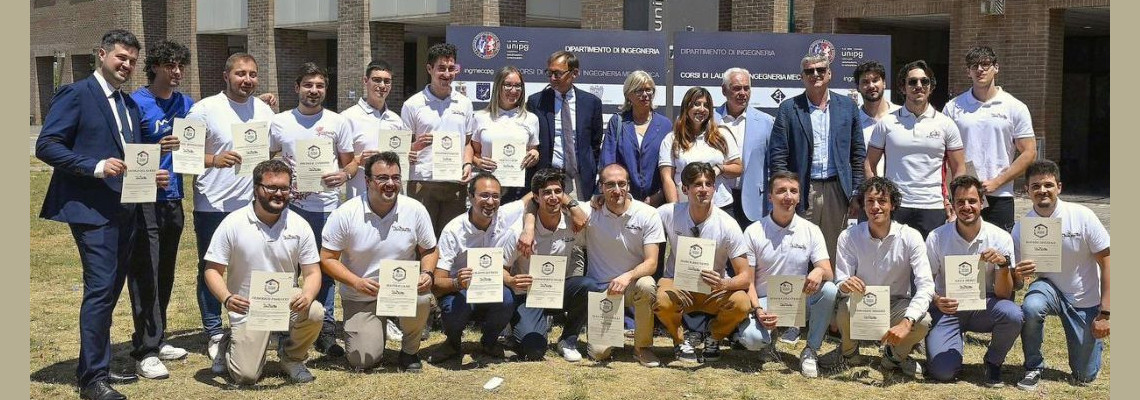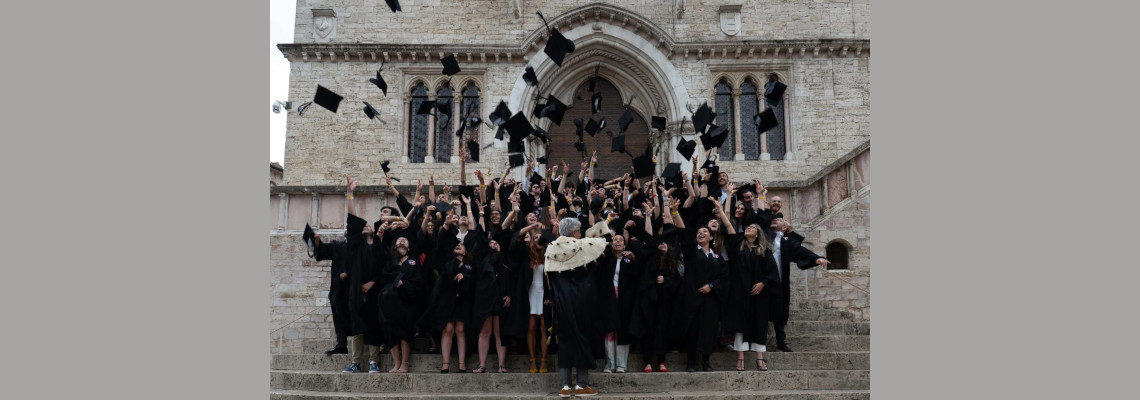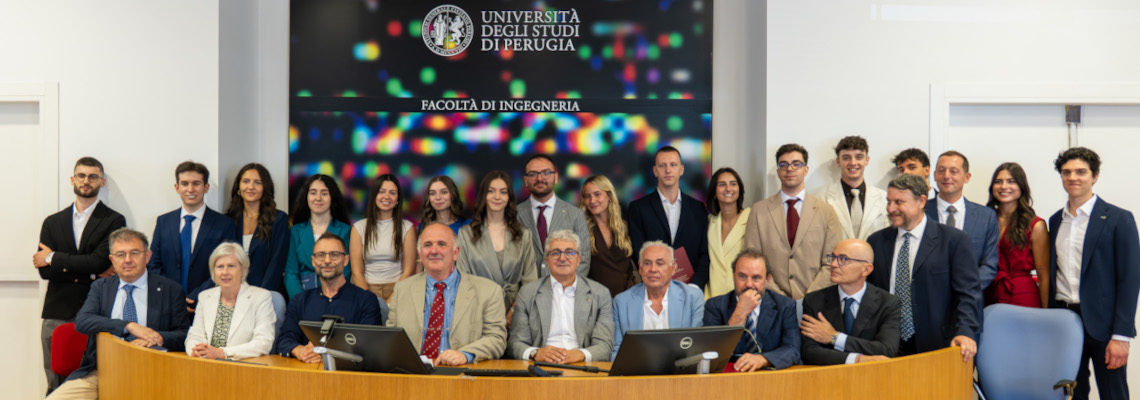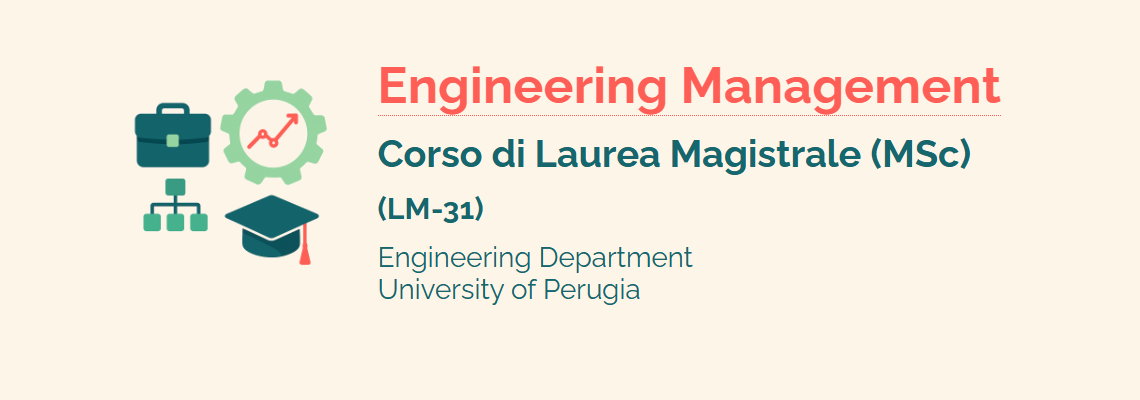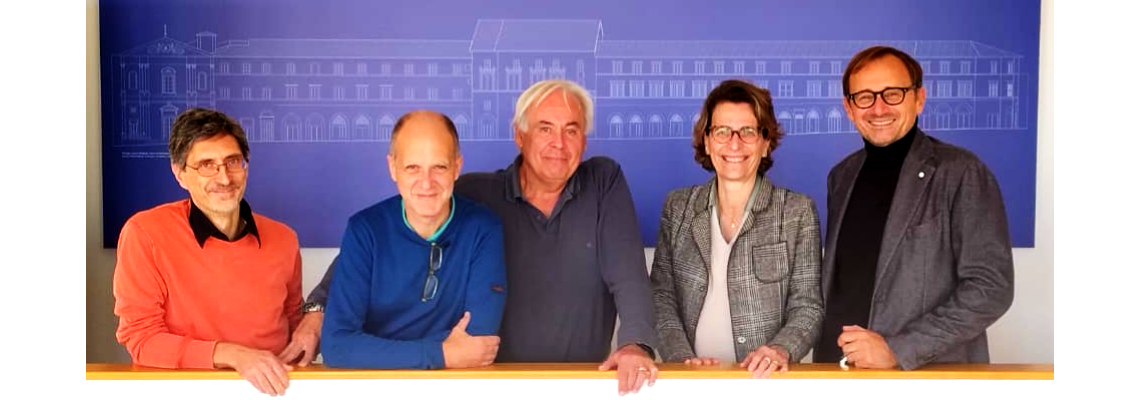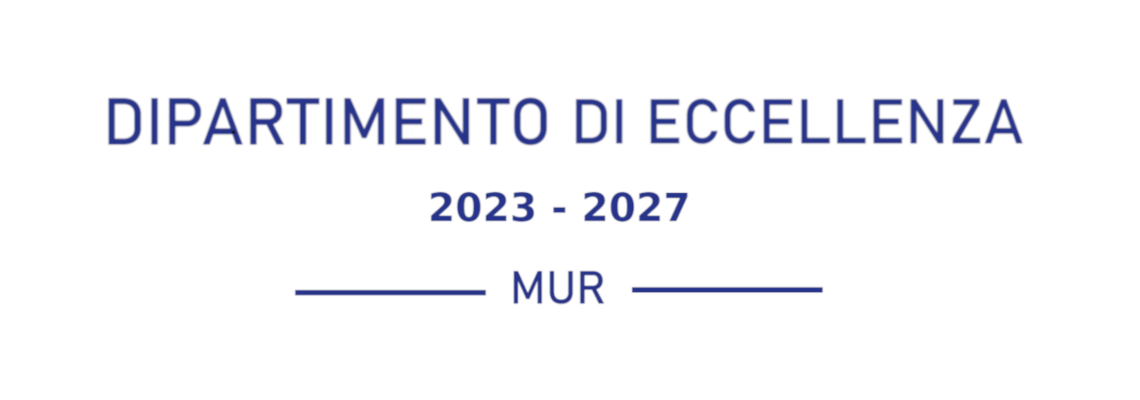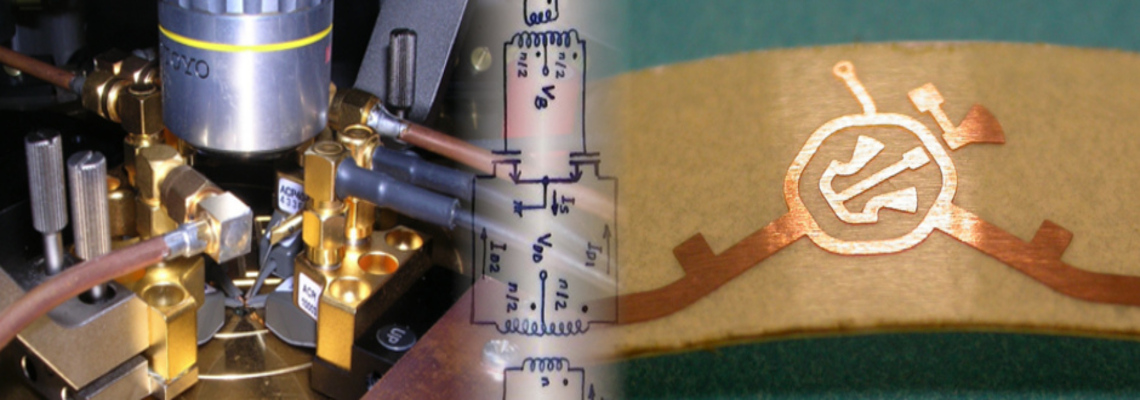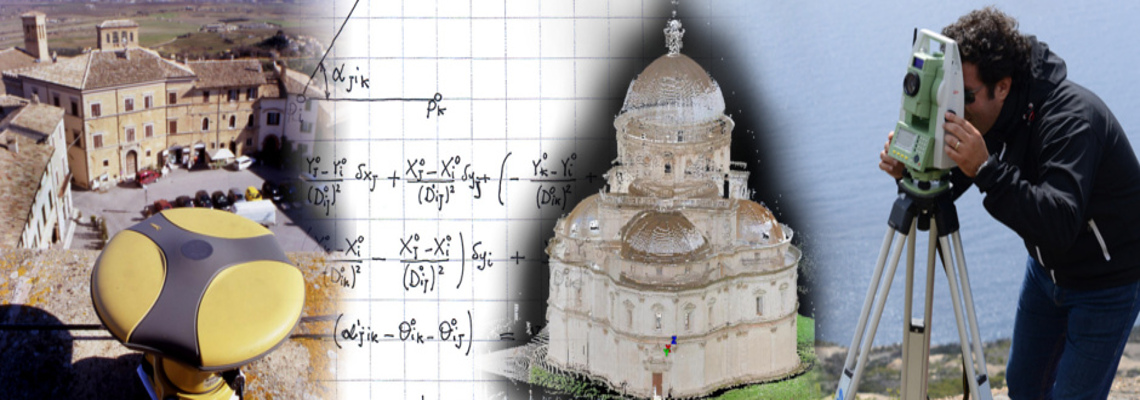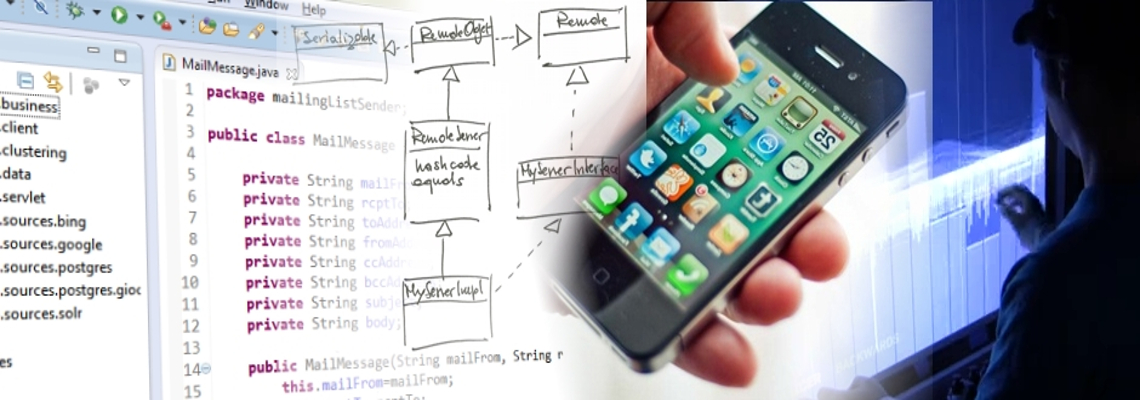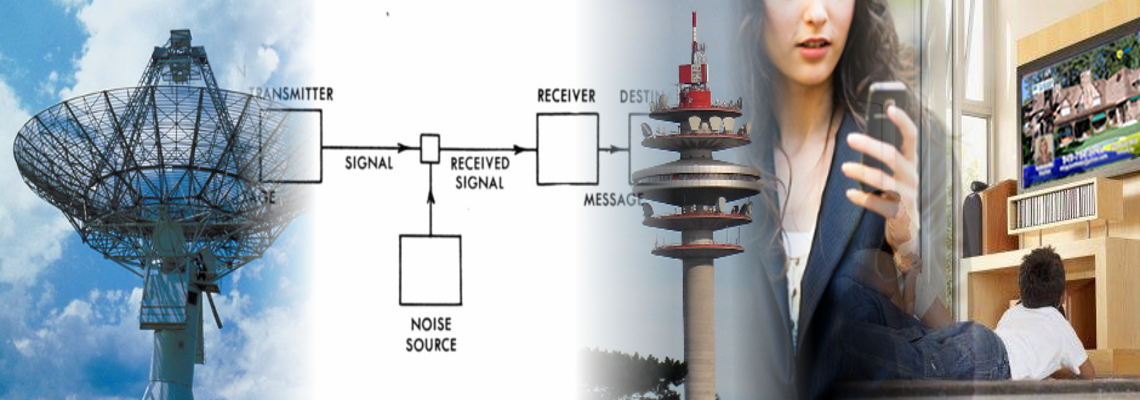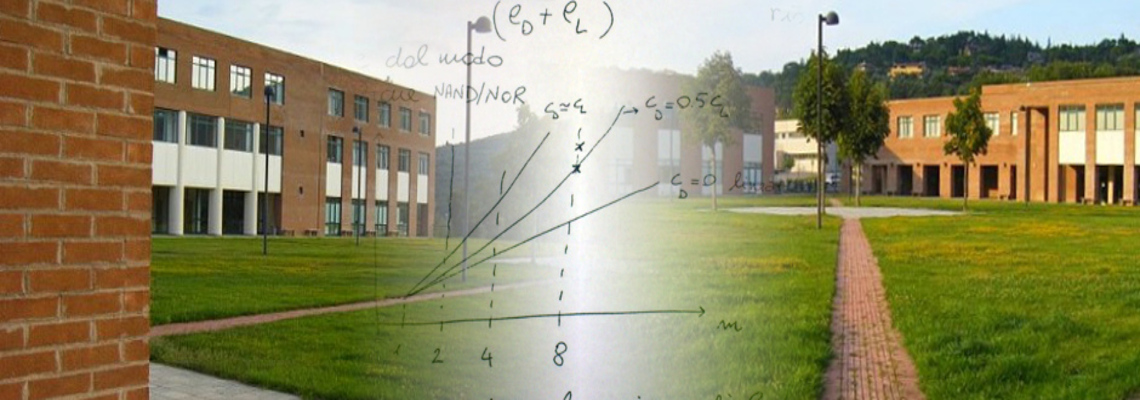Two databases were used as input data: the first database comprised 40 mandibles, while the second one comprised 98 proximal femurs. The “average shape” and principal components that were required to cover at least 90% of the whole variance were identified for both bones, as well as the statistical distributions of the respective principal components weights. Fifteen principal components sufficed to describe the mandibular shape, while nine components sufficed to describe the proximal femur morphology. The following routines have been set up to generate any number of mandible or proximal femur geometries, according to the actual statistical shape distributions.

Stochastic Proximal Femur Generator
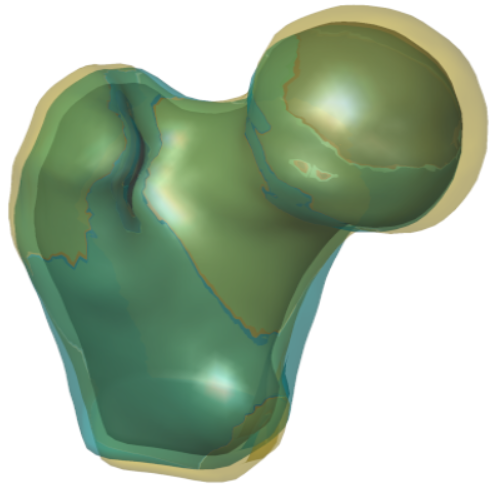
(please, don't forget to give credits to this work, citing the respecive reference:
G. Pascoletti, A. Aldieri, M. Terzini, P. Bhattacharya, M. Calì, E.M. Zanetti. Stochastic PCA-based bone models from inverse transform sampling: proof of concept for mandibles and proximal femurs. Applied Sciences)
